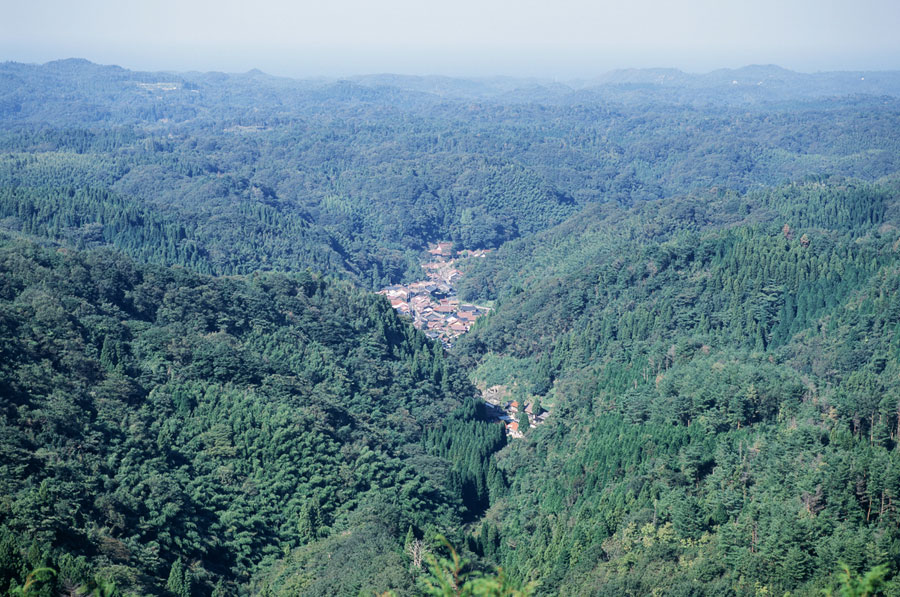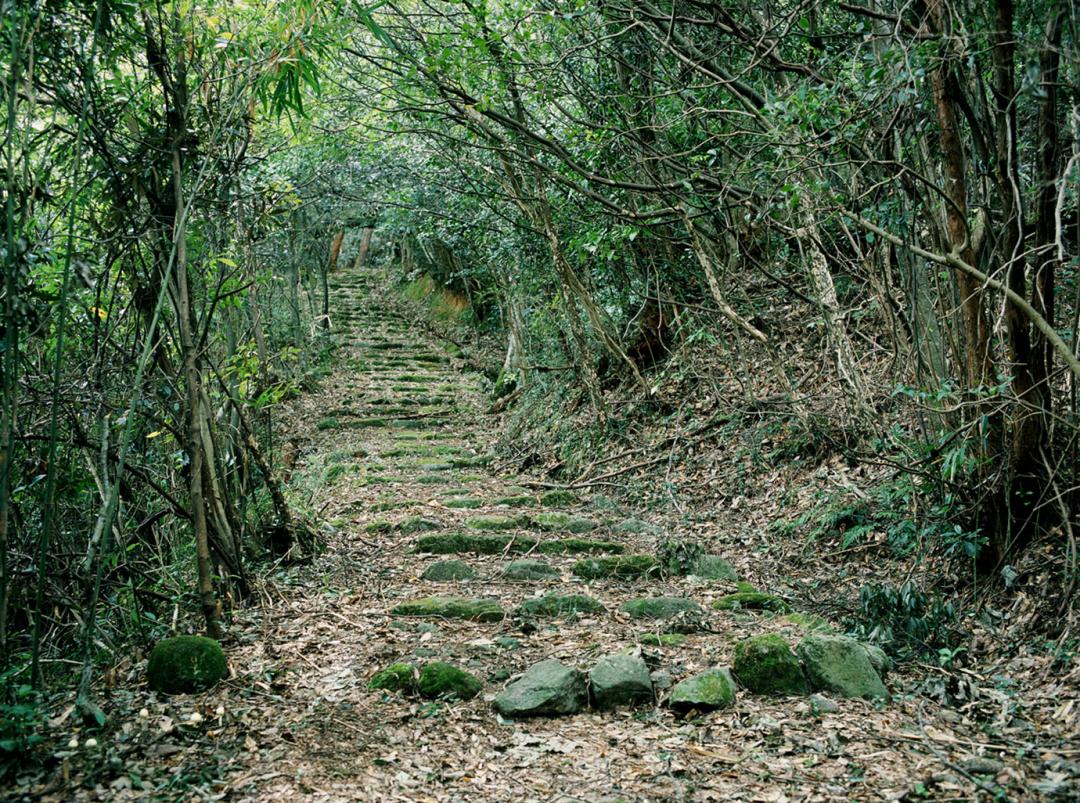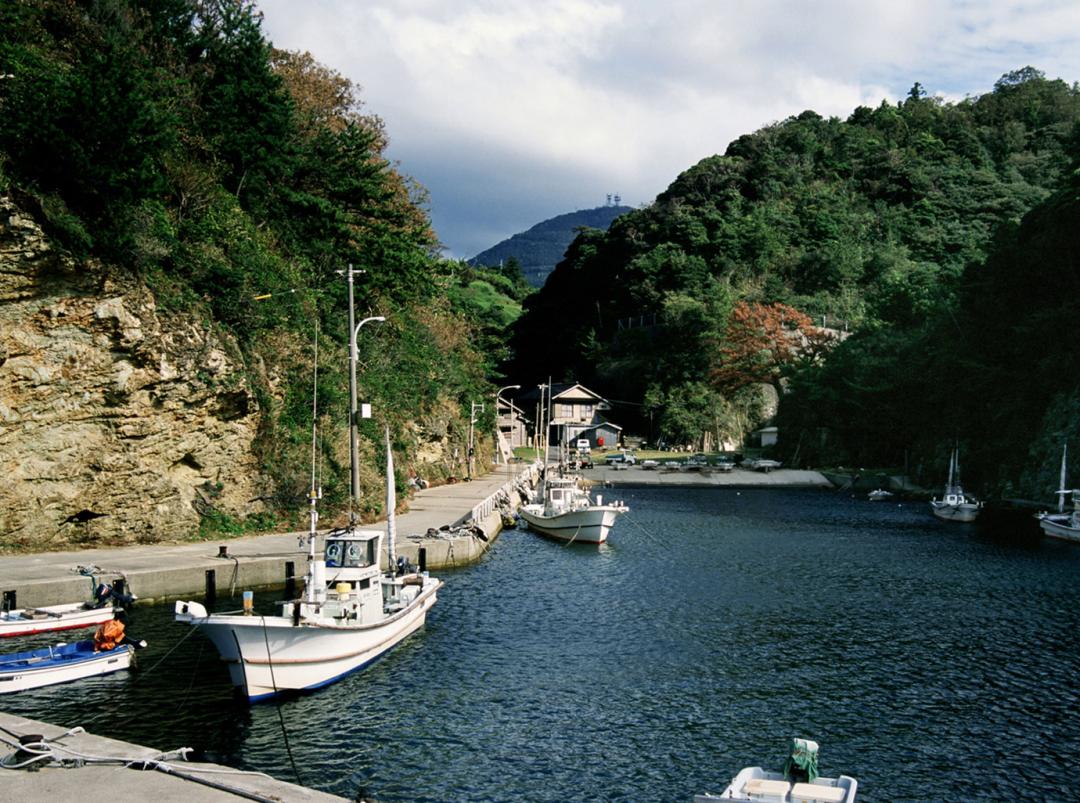World Heritage: Iwami Ginzan

Iwami Ginzan Silver Mine and its Cultural Landscape
When Iwami Ginzan was designated a UNESCO World Heritage Site in 2007, it was recognized for three main reasons:for the mine’s impact on the world economy in the sixteenth and early seventeenth centuries, for the well-preserved archaeological evidence of silver production found throughout the area, and for the integrity of both the mine itself and the sites related to it, from mining settlements to transportation routes and ports.
Iwami silver and global trade
The silver mined at Iwami Ginzan had a significant impact on the world economy from the mid-1500s onward. The warlord-led families that controlled the mine during this time used the silver for foreign trade. Demand came from Ming China, which had recently moved to a silver-based economy and needed vast quantities of currency to finance the defense of the empire against Mongol forces encroaching from the northwest.
Silver initially flowed from Japan to China directly, but this trade was soon taken over by Europeans. Portuguese traders based in Macau bought Chinese silk and exchanged it for Japanese silver, which they then sold to the Ming. This pattern of trade greatly enriched the Portuguese, who came to refer to Japan as “the silver islands” and circulated Iwami silver throughout their maritime empire. It is now estimated that at least 10 percent of all the silver traded around the world in the late 1500s came from Iwami Ginzan. This exchange flourished until the early 1600s, when the new Tokugawa government restricted foreign contacts and introduced a standardized silver currency.
Traditional silver production
The second reason for Iwami Ginzan’s World Heritage status is the well-preserved physical evidence of traditional silver production found in the area. The mine was operational from the discovery of silver at Iwami Ginzan in 1527 until 1923, but industrial mining equipment and methods were introduced only in the late 1800s, once Japan’s isolationist foreign policy ended. Consequently, archaeological evidence of traditional mining, smelting, and refining remains intact at Iwami Ginzan.
Some of the mining tunnels, production facilities, and settlements have been excavated, allowing visitors to understand the techniques used and lives led by mine workers and their families, but many more sites remain all but untouched on the forested slopes of Mt. Sennoyama and in the nearby valleys.
The full picture
The Iwami Ginzan mine and the sites related to it—ports, transportation routes, castles and other fortifications, administrative facilities, residential areas, and religious sites—survive as an organic whole. Some of the mining tunnels and shafts can be entered, the roads from the mine to the Sea of Japan can be walked, and the former homes of merchant families who made their fortunes here can be visited in the town of Omori.
Together, these sites tell the story of the mining community from medieval times to the 1920s. They reveal how the mine was expanded and altered to meet different goals over time, how a highly specialized economy developed around the mine, and how its administration evolved over the 400 years during which silver was mined at Iwami Ginzan.
Iwami Ginzan and International Contacts
The Iwami Ginzan silver mine experienced two periods of vigorous international engagement during its 400-year history. The first of these came soon after the discovery of the mine in 1527 and lasted until the early 1600s, while the other coincided with the rapid modernization of Japan during the Meiji era (1868–1912).
Silver in the Age of Discovery
In the 1500s, when the Spanish and Portuguese empires expanded global trade and colonized lands and peoples from Mexico to Macau, silver became perhaps the most in-demand commodity in the world. The source of these dominant nations’ wealth—silver mined in places such as Guanajuato in Mexico, Potosí in Bolivia, and Iwami Ginzan—greased the wheels of the world economy. Iwami silver was handled mainly by the Portuguese, who bought it with Chinese silk. They sold some silver to Ming China while circulating the rest throughout their maritime empire. It is estimated that at least 10 percent of all the silver traded around the world in the late 1500s came from Iwami Ginzan. This was made possible by another product of international exchange: the haifuki (cupellation) method of refining silver, which was introduced to Iwami from the Korean Peninsula in 1533 and allowed for the production of high-purity silver in large quantities. Iwami Ginzan’s ties to the world economy were largely severed, however, after the Tokugawa clan unified all of Japan under its banner and in 1603 established a government that was to rule the country until 1867. The Tokugawa restricted foreign contacts and adopted an isolationist foreign policy that prevailed until the latter half of the 1800s.
Colonial links
Japan began to look outward again after the Meiji Restoration of 1868, which led to the establishment of a new government with Emperor Meiji (1852–1912) as its sovereign ruler. Victory in the First Sino-Japanese War (1894–1895) resulted in the acquisition of Chinese territory, including the island of Taiwan, making Japan a colonial power. At this time, Iwami Ginzan was controlled by the Fujita-gumi corporation, which had obtained rights to the silver mine in 1886 and also operated several other mines in other parts of the country. Fujita-gumi, however, was in dire financial straits due to the low profitability of its mines. In 1896, the Japanese government, eager to develop its newly acquired colony, distributed claims to two promising mines in Taiwan. Fujita-gumi jumped at the opportunity, and was awarded the Ruifang gold and copper mine near the town of Jiufen in the northern part of the island.
Iwami Ginzan and Taiwan
Fujita-gumi invested heavily in its Taiwanese holdings, introducing cutting-edge mining and refining equipment and technology, some of which had been developed at Iwami Ginzan. Many engineers and other specialists were also transferred to Ruifang after proving their worth at Iwami Ginzan, and active exchange of personnel took place between the two mines. Jiufen grew into a bustling town, which survived the critical situation in 1923 when Fujita-gumi abruptly abandoned its Taiwanese operations. That was also the year when low copper prices on the world market forced the company to close its operations at Iwami Ginzan.
Japanese mining in Taiwan continued at the Kinkaseki gold mine near Jiufen, which entered its greatest period of prosperity in the 1930s. In 1935, Kinkaseki was the most productive facility of its kind in the Japanese empire, generating up to 2.6 tons of gold annually. It operated until 1987 and is now designated a historic site, where a museum introduces visitors to the history of mining in the Jiufen region.
Iwami Ginzan World Heritage Center
The World Heritage Center is the gateway to Iwami Ginzan—visitors stop here to get their bearings before exploring the silver mine and its surroundings. Located just outside the World Heritage zone, the center houses a museum that provides a comprehensive introduction to the history of the mine. Visitors can learn about, among other things, the discovery of Iwami Ginzan in 1527, the revolutionary impact of the haifuki (cupellation) method of refining that allowed for mass production of high-quality silver, the life of miners and their families in the Edo period (1603–1867), and how silver produced at Iwami Ginzan influenced the global and Japanese economies.
The displays, which include dioramas, video, and interactive exhibits, impart background knowledge that makes a visit to the mine a more rewarding experience. A variety of hands-on programs are also offered, including a workshop for making silver accessories, a chance to sift through sand in an effort to discover a few small bits of silver, and, for ambitious visitors, an introduction to the science behind the haifuki method.
After viewing the exhibitions, visitors can receive sightseeing advice tailored to their specific interests at the information desk. The World Heritage zone extends across a vast area, so it is advisable to plan a route at the center beforehand. As parking within the zone is limited, visitors are asked to leave their cars at the center and continue to the town of Omori by shuttle bus.
Electric bicycles can be rented at Ginzan Park in Omori. Alternatively, visitors can take a walking path from behind the center up to a scenic overlook and then continue to Omori on foot. Free maps for this and other walking routes are available at the information desk.




